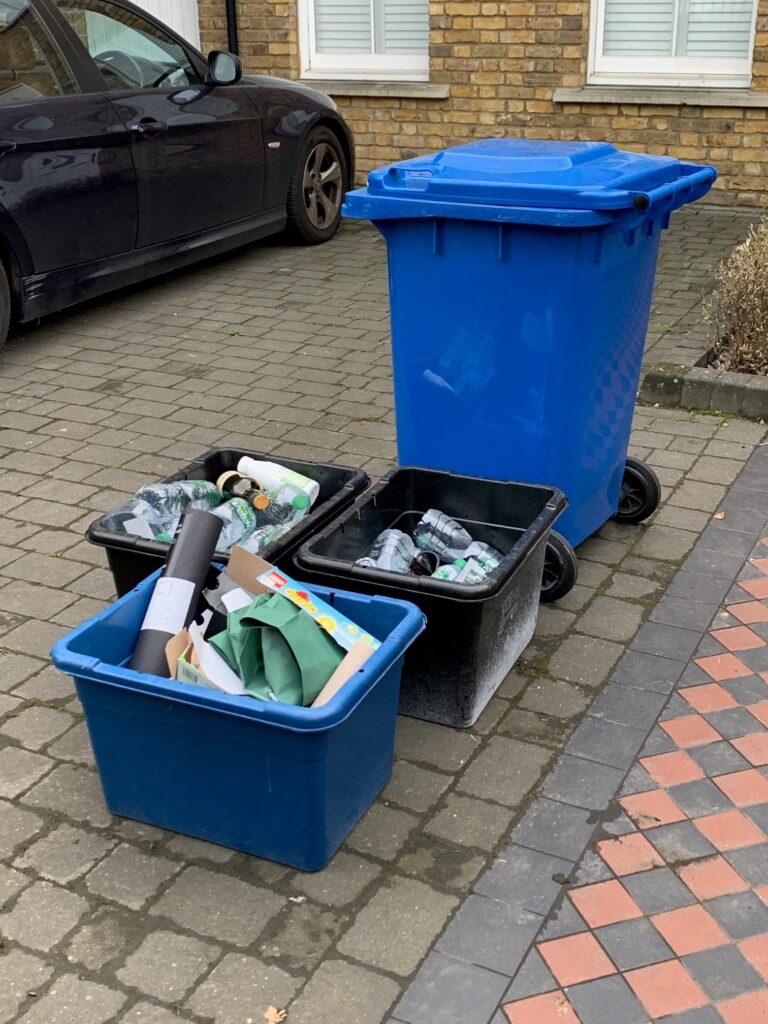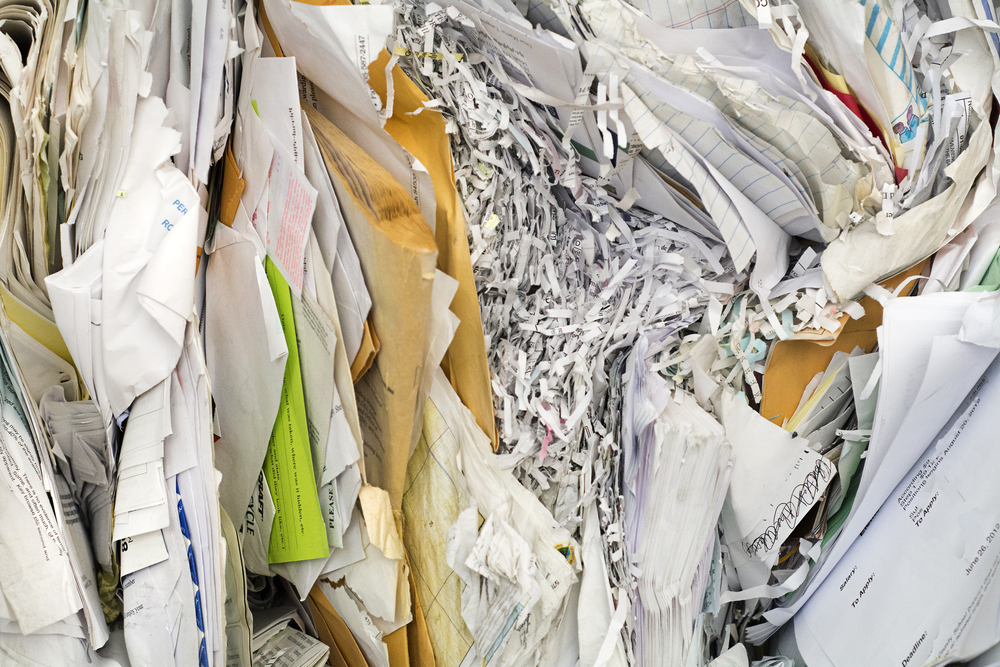
The partnership manages waste and recycling for Sunderland, South Tyneside, and Gateshead councils. Each collects paper separately from other dry mixed recycling in a blue bin.
A report which went before the partnership earlier this month detailed that blue bin paper tonnages now make up less than 5% of overall recycling volume in Sunderland and South Tyneside, and around 7% in Gateshead in 2022/23. In 2014/15, this figure was near 25% in Gateshead and Sunderland and 15% in South Tyneside.
In terms of tonnages, just 390 tonnes of paper were collected in 2022/23 in South Tyneside, 716 tonnes in Sunderland and 1013 in Gateshead.
Dry recycling in Gateshead and South Tyneside is sent to the Cumbria Waste Group, while J&B Recycling processes recycling from Sunderland.
The separate collection of paper and card was rolled out in 2019 following a trial (see letsrecycle.com story).
Sustainable
The report noted that as a result of the falling tonnages, the current kerbside dry recycling collection system operated by all partner authorities is “not sustainable in the longer term, which means the service is not operating as effectively as it should be.”
The report added that the partnership will now need to “consider the alternative collection models that are available”, to identify the most appropriate method of maximising the quality of household recycling collected at the kerbside and participation from residents. It added that this will be considered when its MRF contract is renewed in 2025.
Recycling
Overall, while recycling tonnages remain above pre-pandemic levels they have “reduced significantly” compared to the same period last year.
In terms of revenue, the council said commodity prices for recycled material “have been generally very high in the last 12 months or so”, but said prices are “starting to drop to more normal levels” and therefore this is impacting
on the costs of this contract.
Over the course of the four quarters of 2022/23, the contamination rate was around 17% for dry mixed recycling, down from around 21% the previous year.
Residual
The partnership sent 187,656 tonnes of residual waste to Suez’s Teesside energy from waste facility, which recorded a 91.5% availability rate.











Subscribe for free